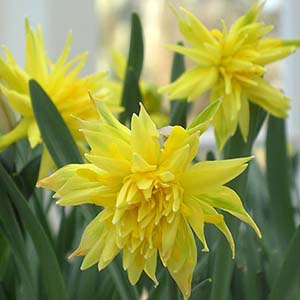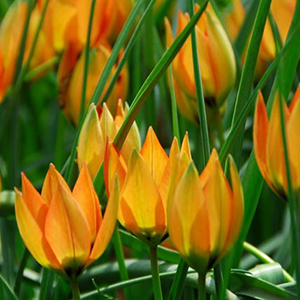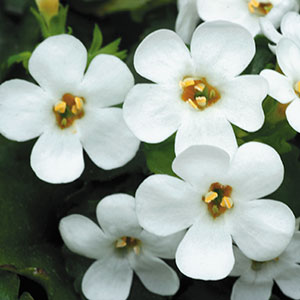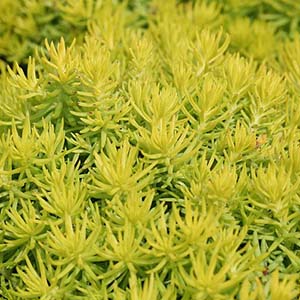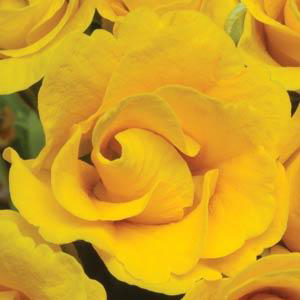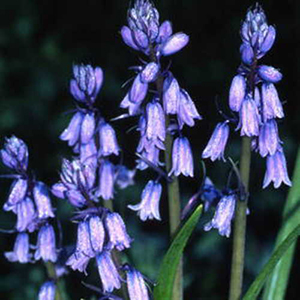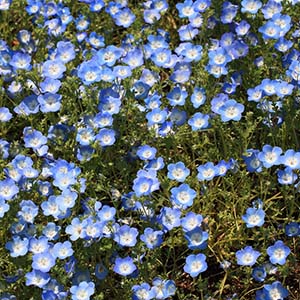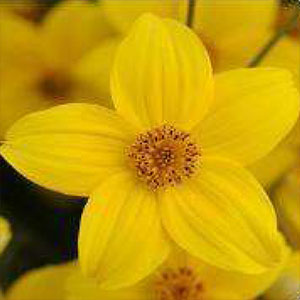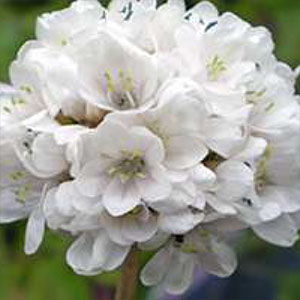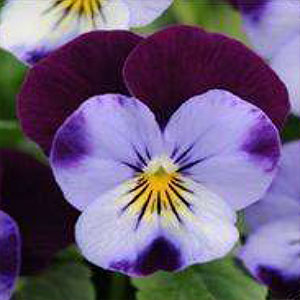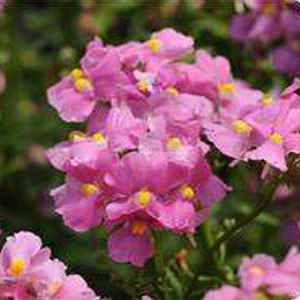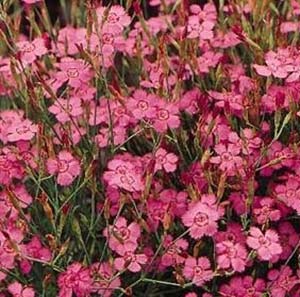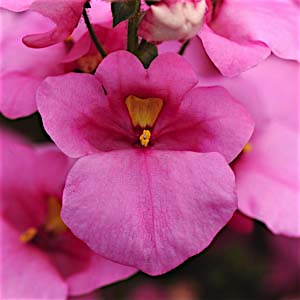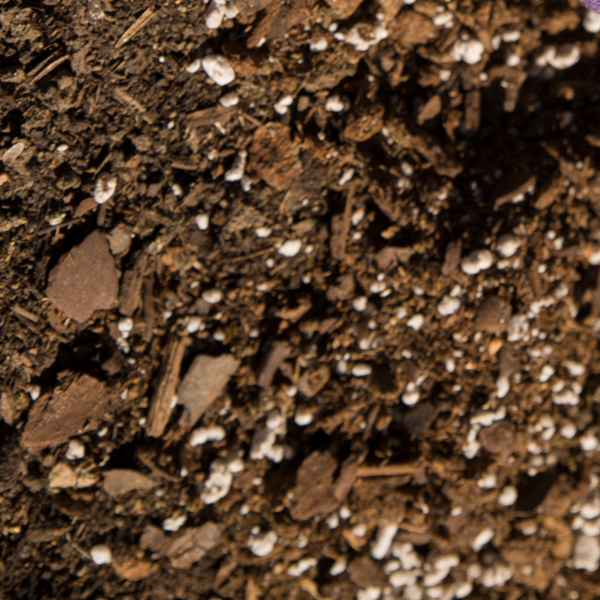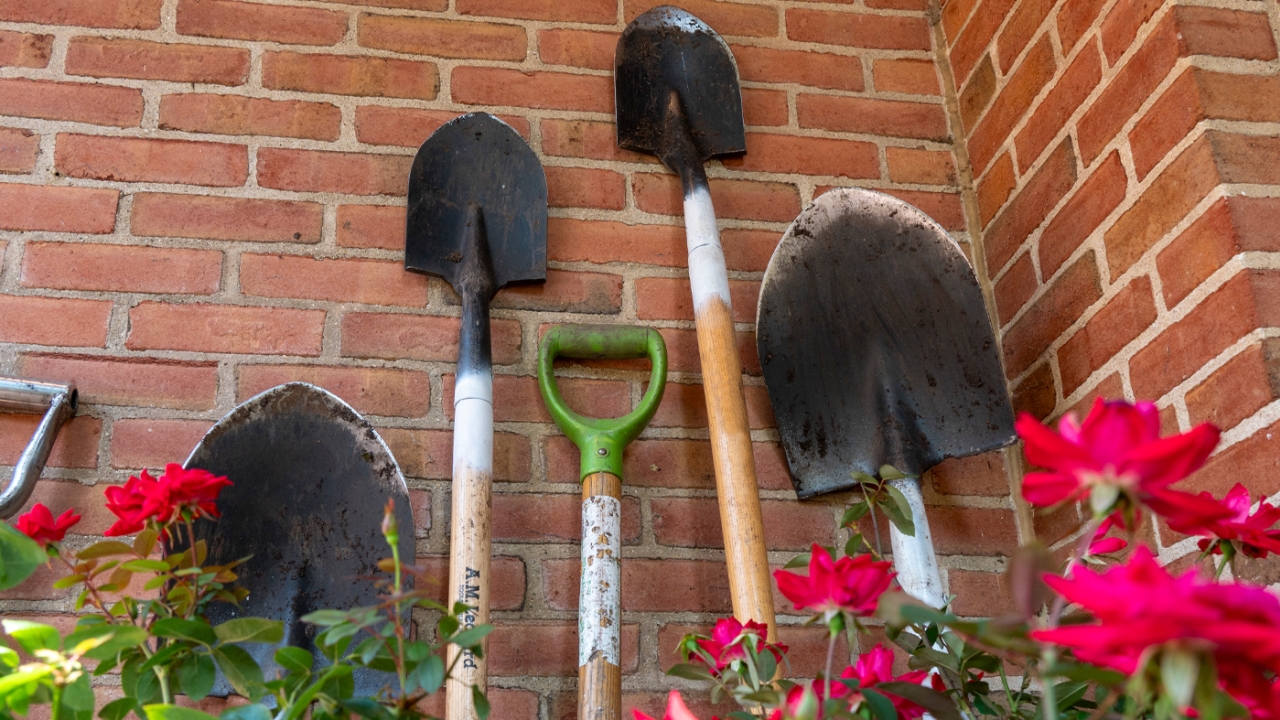

Tips & Techniques
Anatomy of a Spring Planter
A senior horticulturist shares his colorful secrets
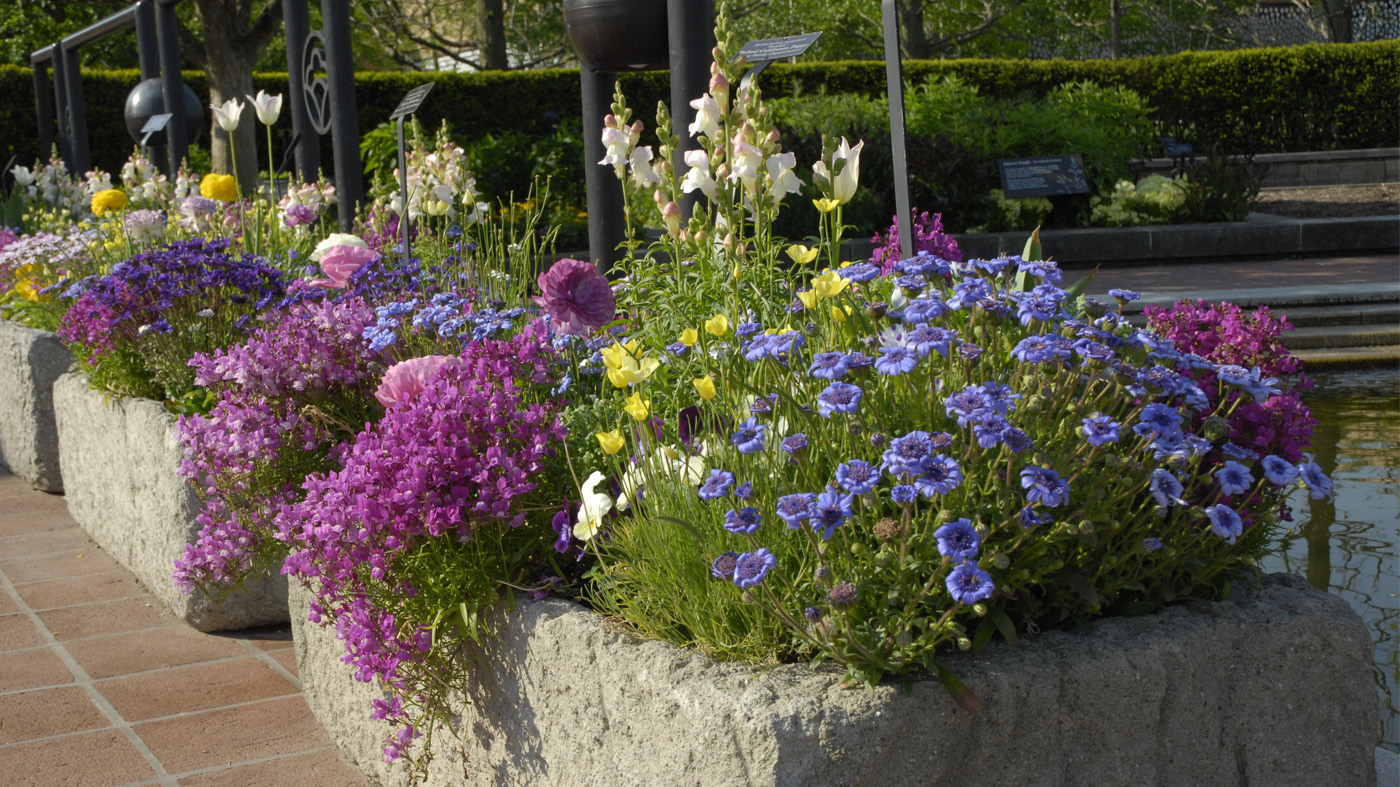
Smart gardeners are always on the lookout for great container plans. Senior horticulturist Tom Soulsby put together a sunny, happy mix that would work for many a porch pot or deck display.
Why did he choose these particular plants? Soulsby shares tips on plant selection and working within a container’s constraints.
Tip 1: Work with the proportions of the space.
In the low-to-the-ground containers, no plant is taller than 12 inches, and most are in the 3- to 6-inch range. Keep heights low, but allow for a range—from creeping near the ground to a foot in height.
Tip 2: Scale matters.
Flowers are intentionally small in this mix, with tulips as the largest in the bunch. Diminutive flowers—nemesia, bacopa—get their moment in the sun, and don’t disappear when they’re in the company of other smaller-scale companions.
Tip 3: Mix it up.
The riotous mix of mats, spikes, lettucey leaves, and textures is what gives the container its charm. In this plan, Soulsby used 15 different kinds of dwarf, short, and smaller-sized flowers, planting two or three of each to help knit the mix together.
Tip 4: Break the rules.
Yes, you could plant in clusters of threes, place the trailing plants in the corners, and put the tallest plant in the center, but the wilder, looser style of random planting suits this kind of planter better.
Karen Zaworski was a garden writer and photographer who lived and gardened in Oak Park, Illinois.


